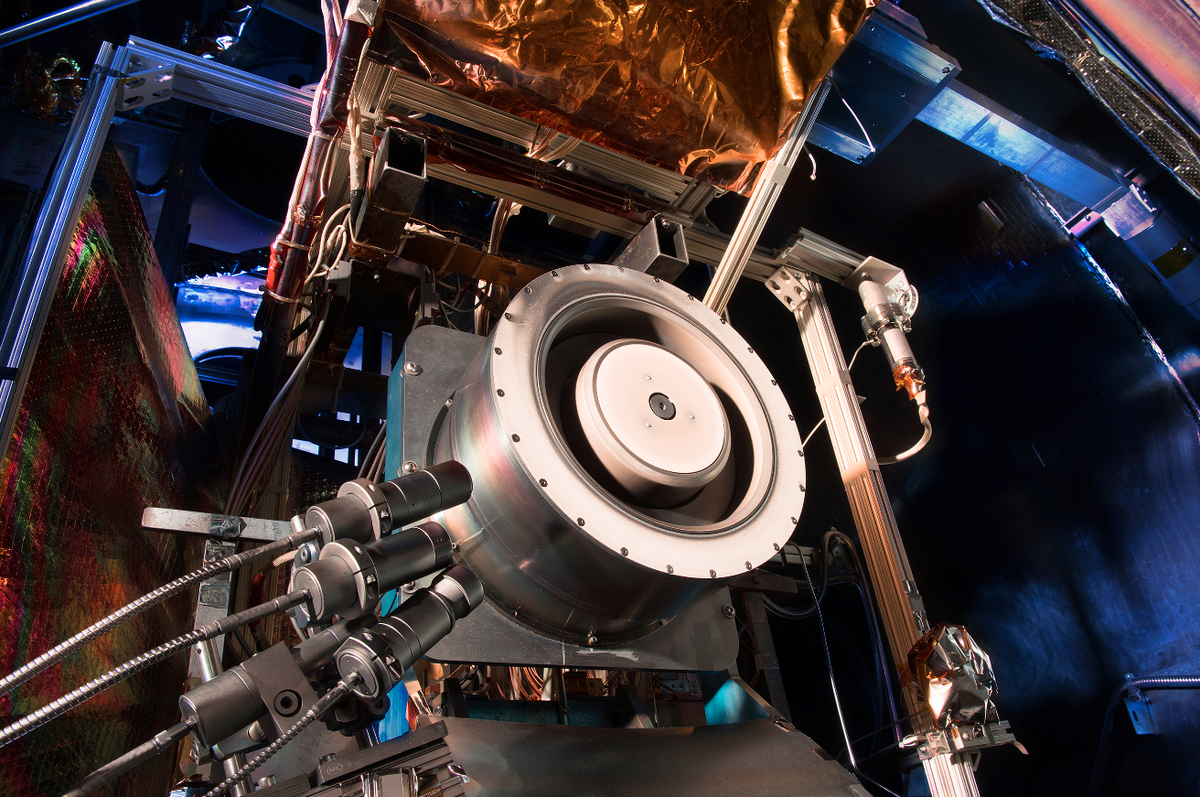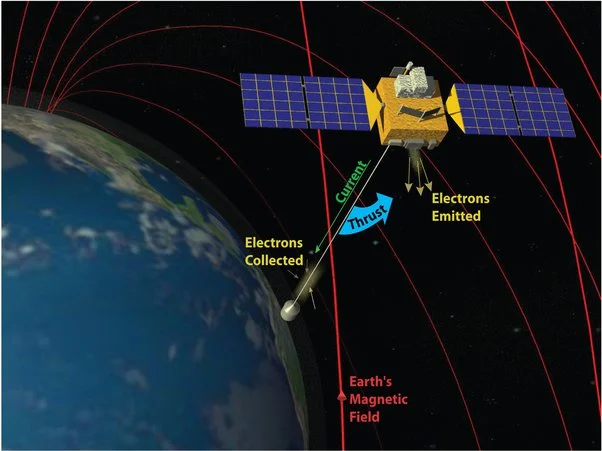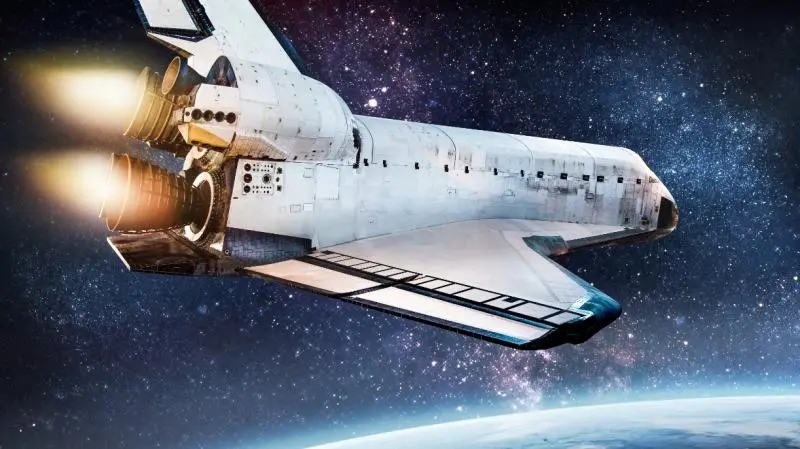Exodus Propulsion Technologies: The Future of Room Travel

Area travel, once the domain name of sci-fi, is currently coming to be an interesting reality. Among the myriad of growths driving this change, modern exodus propulsion technologies stand at the center, making it possible for human beings to discover much deeper right into room than ever. One of the most engaging developments in this field is the concept of exodus propulsion technologies. This short article delves into the nature of these innovations, their current state, and their potential to change room expedition.
Comprehending Exodus Propulsion Technologies
Modern exodus propulsion technologies describe the innovative propulsion systems made to enable spacecraft to take a trip large ranges, commonly targeting interstellar or deep-space objectives. Typical chemical rockets, while reliable for launching payloads into orbit and getting to close-by celestial objects like the Moon and Mars, face significant limitations in regards to efficiency and speed when it pertains to much longer trips.
Exodus propulsion systems intend to get over these constraints by utilizing novel strategies that promise higher effectiveness, longer functional life, and the capacity to reach greater rates. Several sorts of exodus propulsion innovations are presently under growth or theoretical consideration:
Ion Propulsion
Ion propulsion systems utilize electrical fields to accelerate ions (charged bits) out of a thruster, producing thrust. These systems are extremely reliable contrasted to chemical rockets since they can accomplish a much greater particular impulse (the effectiveness action of a rocket engine). The most remarkable use ion propulsion is NASA’s Dawn spacecraft, which discovered the planet belt and effectively orbited the dwarf planet Ceres.
Ion propulsion systems normally make use of xenon gas as the propellant, ionizing it and expelling the ions to produce thrust. This approach allows for long term drive periods, making it perfect for deep-space objectives where sluggish but constant velocity is advantageous.
Nuclear Thermal Propulsion
Nuclear thermal propulsion (NTP) involves making use of an atomic power plant to heat up a propellant, such as hydrogen, which after that broadens and is eliminated with a nozzle to create drive. NTP supplies a substantial increase in efficiency over chemical rockets, potentially cutting in half the traveling time to Mars and other locations.
The main challenge with NTP is the intricacy of safely integrating an atomic power plant into a spacecraft and resolving the possible threats associated with introducing and operating nuclear product in space. However, recurring r & d are making strides towards conquering these challenges, with companies like NASA proactively checking out NTP’s possibility.
Solar Sails
Solar cruises make use of the stress exerted by sunlight (photons) on big, reflective sails to create propulsion. This concept, frequently compared to conventional cruising, calls for no propellant, making it a really eye-catching choice for long-duration goals.
The Japanese space company JAXA’s IKAROS goal successfully showed the feasibility of solar sails in 2010. Future objectives might make use of bigger sails to harness much more sunshine and accomplish higher speeds, potentially making it possible for travel to the external planets and past.
Combination Propulsion
Fusion propulsion aims to harness the exact same energy procedure that powers the Sun– nuclear fusion. By integrating light atomic nuclei, tremendous amounts of power can be released, which could then be made use of to thrust a spacecraft.
While combination propulsion remains in the experimental stage, it holds excellent pledge as a result of its capacity for very high certain impulse and drive. Scientists are exploring various approaches, including magnetically constrained combination and inertial confinement fusion, to create sensible fusion propulsion systems.
Antimatter Propulsion
Antimatter propulsion represents the peak of theoretical propulsion technologies, where the annihilation of matter and antimatter produces tremendous quantities of power. This energy can after that be utilized to move a spacecraft at rates coming close to a significant fraction of the speed of light.
The main difficulty with antimatter propulsion is the production and storage space of adequate quantities of antimatter, along with making sure the risk-free handling of such a volatile substance. In spite of these difficulties, recurring research remains to explore its usefulness.
Present Advancements and Tasks
The development of exodus propulsion technologies is proceeding with a mix of theoretical research study, laboratory experiments, and goal demos. Numerous vital jobs and efforts highlight the existing state of these modern technologies:
NASA’s Artemis Program
NASA’s Artemis program intends to return humans to the Moon and establish a sustainable visibility there by the end of the decade. While primarily focused on lunar exploration, the technologies and framework established under Artemis will lay the groundwork for future deep-space objectives. Advanced propulsion systems, consisting of ion propulsion and NTP, are important to the program’s lasting objectives.
Breakthrough Starshot
Innovation Starshot is an ambitious task funded by the Advancement Initiatives, aiming to send out tiny, light-powered spacecraft to the local star system, Alpha Centauri, within a generation. The project envisions using effective ground-based lasers to propel these “StarChips” geared up with light sails to velocities of as much as 20% the rate of light. This campaign represents a significant jump in propulsion innovation, possibly opening the door to interstellar expedition.
NASA’s Cutting-edge Advanced Principles (NIAC) Program
The NIAC program sustains visionary ideas that might change future NASA objectives. Several exodus propulsion technologies concepts, consisting of blend propulsion and progressed ion thrusters, have actually received financing and support via this program. NIAC’s focus on high-risk, high-reward study is essential for progressing sophisticated propulsion innovations.
The European Room Agency (ESA) Projects
The ESA is also heavily associated with developing advanced propulsion systems. Tasks like the European Area Propulsion (ESP) program focus on improving electric propulsion abilities, which are crucial for long-duration objectives within the solar system. The ESA’s payments to international goals, such as the BepiColombo objective to Mercury, display the functional applications of these technologies.
The Prospective Influence of Exodus Propulsion Technologies

The successful development and deployment of exodus propulsion modern technologies might change area exploration and have far-ranging ramifications for mankind. Below are some of the possible effects:
Faster and More Efficient Room Travel
One of the most instant advantages of exodus propulsion technologies is the ability to travel faster and much more successfully via room. This could substantially lower traveling times to distant locations, such as Mars and past, making manned goals to these places much more viable and less time-consuming.
Extended Goal Durations
The boosted performance of sophisticated propulsion systems permits spacecraft to carry even more scientific instruments and payloads, extending the period and range of objectives. This is particularly important for checking out the outer earths, asteroids, and potentially also interstellar space.
Allowing Interstellar Expedition
While still in the realm of theoretical study, propulsion systems like blend and antimatter propulsion hold the possible to make it possible for interstellar expedition. This would certainly represent a huge leap for humanity, enabling us to check out other star systems and possibly uncover habitable exoplanets.
Decreasing Objective Prices
Although the initial development costs of exodus propulsion technologies can be high, their performance can bring about considerable price financial savings in the long run. Decreased travel times and extended goal abilities can lower the total expense of area exploration, making it a lot more accessible to a bigger variety of organizations and countries.
Motivating Innovation and Cooperation
The search of sophisticated propulsion innovations promotes technology and collaboration throughout numerous fields, including physics, engineering, products scientific research, and much more. This interdisciplinary strategy can lead to developments not only precede traveling however also in various other locations of scientific research and technology.
Obstacles and Future Instructions About Exodus Propulsion Technologies

Despite their enormous capacity, exodus propulsion technologies face a number of difficulties that need to be dealt with to understand their full capabilities:
Technical Obstacles
Establishing and perfecting sophisticated propulsion systems entails getting rid of substantial technological hurdles. These consist of efficient power generation, thermal monitoring, materials that can withstand severe conditions, and reputable control mechanisms.
Safety and Dependability
Making sure the safety and security and reliability of brand-new propulsion systems is critical, specifically for manned goals. Rigorous testing and validation procedures are essential to decrease threats and ensure the effective implementation of these innovations.
Price and Financing
The growth of exodus propulsion technologies requires considerable investment, both from governmental room agencies and private sector entities. Safeguarding consistent funding and assistance is essential for advancing these projects.
International Collaboration
Offered the worldwide nature of room exploration, worldwide collaboration is vital for the successful development and release of sophisticated propulsion technologies. Sharing understanding, resources, and proficiency can speed up development and cause even more thorough and ambitious objectives.
Verdict
Exodus propulsion innovations represent a brand-new frontier in space exploration, supplying the assurance of faster, a lot more efficient, and farther-reaching objectives. From ion propulsion and nuclear thermal propulsion to solar sails and the alluring leads of blend and antimatter propulsion, these innovative systems are readied to change our capability to explore the universes.
While obstacles remain, the development made so far and the ongoing r & d initiatives are cause for optimism. As mankind continues its journey right into space, exodus propulsion modern technologies will certainly play an essential duty, unlocking new possibilities and expanding our understanding of the universe. The future of room travel is bright, and with these groundbreaking technologies, we are on the cusp of a new era of exploration and expedition.
For More Information Check Our Homepage:



Pingback: The Durability and Versatility of Red Iron Building - Daily Voice Hub
Pingback: Intentional Mislead NYT Crosswords: A Delight for Puzzle Lovers - Daily Voice Hub
Pingback: Navigating the Automotive Surplus Auto Parts B2B Trade Network: A Comprehensive Guide - Daily Voice Hub